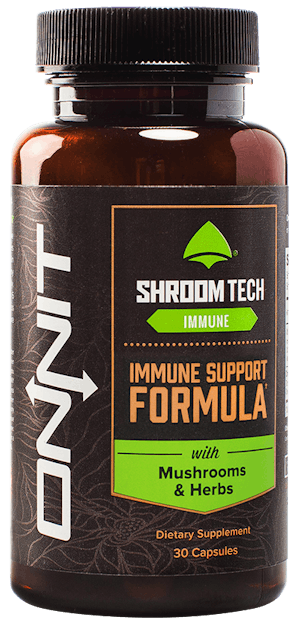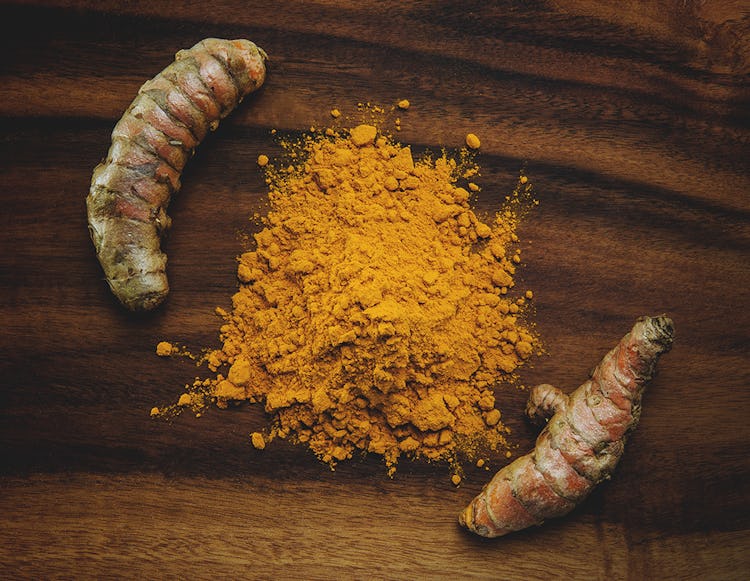Ingredient Spotlight: Turmeric

Designed to help the body with maintaining a strong and active immune system.
Turmeric consists of many curcuminoids including the one you may be familiar with already: curcumin. Curcumin has been shown to have potent antioxidant activity, and several factors contribute to that.
First, curcumin can help the body scavenge various reactive oxygen and nitrogen species (including superoxide anions, hydrogen peroxide, and nitrite radicals) that are produced by activated immune cells, such as macrophages, and ordinarily go on to damage protein, lipids, and DNA in our cells.
Second, curcumin helps stimulate a very important genetic pathway known as the NRF2 pathway, which activates a whole set of antioxidant genes, including genes like glutathione synthase (which is the body’s natural way of making glutathione) and glutathione peroxidase (which is the way the body uses glutathione to fight off damage) and is just one way that curcumin fights damaging oxidants.
What this means is this: while your immune system is doing what it is supposed to do in order to keep out foreign or unhealthy invaders, the curcumin negates some of those bad side-effects that occur due to an activated immune response. It does this by helping keep the inevitable reactive oxygen and nitrogen species we all have to a minimum, which is also one of the mechanisms by which curcumin has been shown to prevent unhealthy cells from forming.
Turmeric and its associated curcuminoids also have excellent effects on the brain. When microglial cells, which are the immune cells of the brain, are activated this generates the same type of damaging reactive oxygen and nitrogen species (mentioned above) that cause the aggregation of amyloid beta and tau plaques in the brain.
These toxic plaques are associated with age-related cognitive decline and even traumatic brain injury. The activated microglial cells and this entire damaging process are referred to, generally, as neuroinflammation. Curcuminoids in turmeric have been shown to be able to cross the blood-brain barrier and help the body reduce neuroinflammation which has been linked to cognitive challenges.
In fact, curcumin from turmeric has been demonstrated to inhibit the aggregation of amyloid beta protein, which leads to plaques in the brains of people with unhealthy brain conditions.
Another powerful brain benefit of turmeric in addition to reducing neuroinflammation is that it also contains a curcuminoid called ar-turmerone which has been shown to increase the production of neural stem cells in the brain.
This means that the turmerone in turmeric has the potential to not only prevent the initial damaging process of neuroinflammation we talked about a moment ago but even after the fact shows promise in replacing those same damaged neurons.
Recommended Turmeric Dosages
If you are using a powder you can take 1 tsp of powder on a daily basis without any issues. In terms of grams on a daily basis, the figures are mentioned below:
Cut Root: 1.5 -3.0 grams
Dried Powder: 1.0 – 3.0 grams
Supplement: 1.2-1.8 grams
These are very conservative figures and taking up to 4-5 grams per day is also fine.

)





